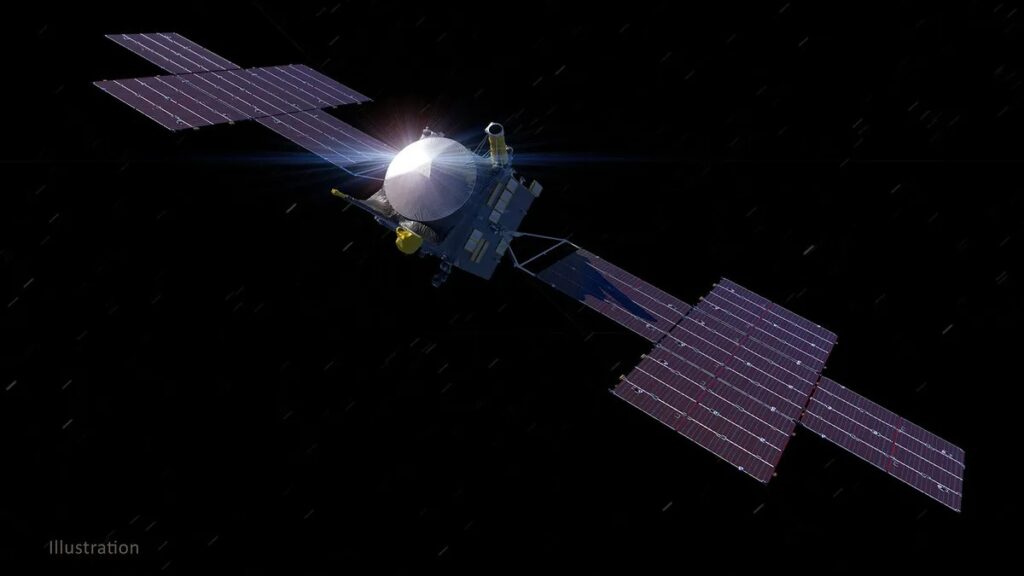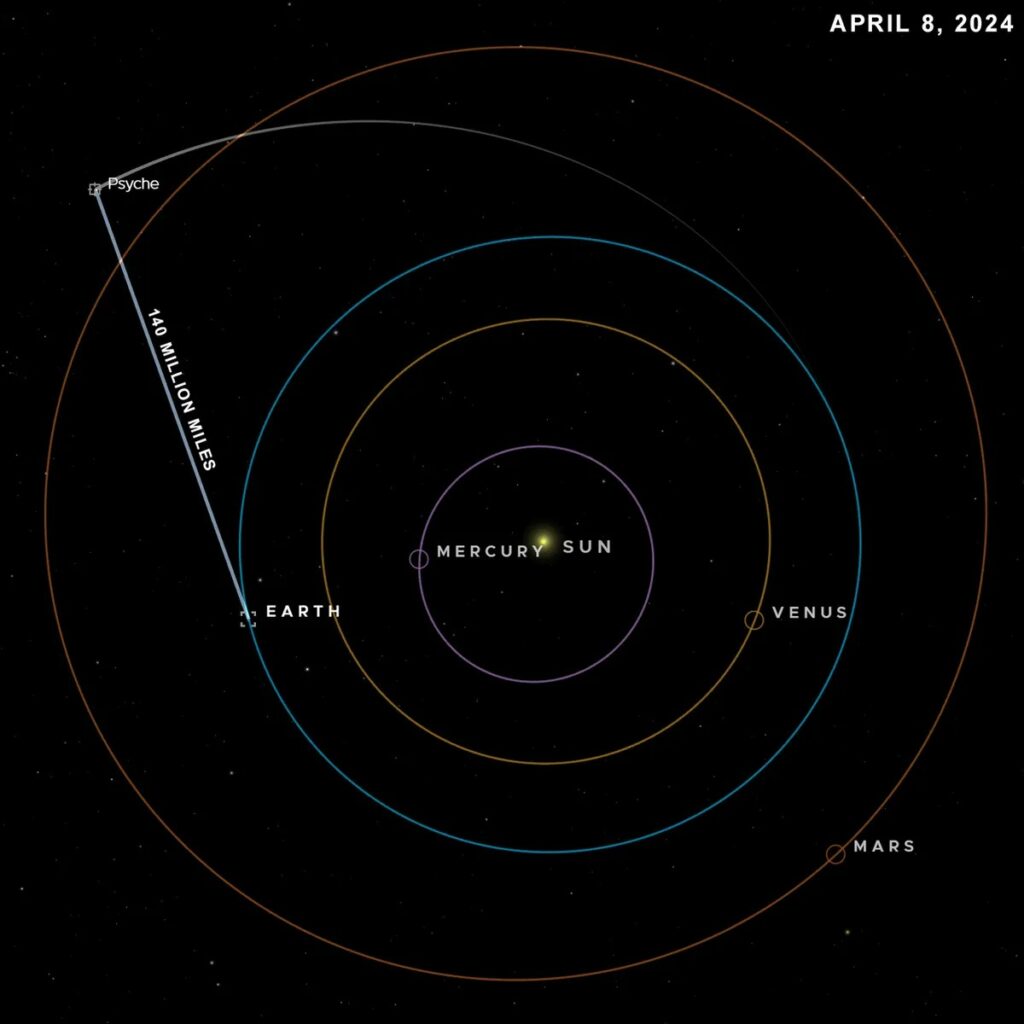
The new communication system is blowing up all expectations.
In a groundbreaking technological feat, NASA has successfully intercepted a laser message transmitted from an astonishing distance of 226 million kilometers (140 million miles) away. This remarkable communication achievement heralds a new era in deep space communication capabilities, surpassing all prior expectations.
At the forefront of this pioneering endeavor is NASA’s Psyche mission, tasked with unraveling the mysteries surrounding a unique asteroid. As the spacecraft embarks on its journey through the cosmos, the mission team seized the opportunity to put a revolutionary communication system to the test. Unlike traditional radio wave transmissions, this innovative approach harnesses the power of infrared laser technology, propelling communication capabilities to unprecedented heights.

During a recent transmission, Psyche found itself situated at a staggering distance, 1.5 times farther from Earth than the Sun itself. Undeterred by the vast expanse of space, the spacecraft flawlessly beamed its engineering data using NASA’s Deep Space Network, while simultaneously initiating the inaugural transmission via the Deep Space Optical Communication system.
The results of this groundbreaking test surpassed all expectations, showcasing the immense potential of optical communication from the depths of space. With a maximum data download rate of 25 Mbps, the transmission far exceeded the anticipated goal of “at least 1 Mbps,” marking a quantum leap in communication speed. Compared to traditional radio transmissions, this achievement represents a monumental leap forward, boasting speeds 10 to 100 times faster.
Meera Srinivasan, the project’s operations lead at NASA’s Jet Propulsion Laboratory (JPL), expressed her excitement over this milestone, stating, “We downlinked about 10 minutes of duplicated spacecraft data during a pass on April 8. Until then, we’d been sending test and diagnostic data in our downlinks from Psyche. This represents a significant milestone for the project by showing how optical communications can interface with a spacecraft’s radio frequency comms system.”

Image Credit: NASA/JPL-Caltech
While previous tests demonstrated the efficacy of the optical communication system at closer distances, the recent success showcases its resilience over vast cosmic distances. However, challenges remain, including the susceptibility of optical observations to atmospheric interference such as clouds, unlike radio communications.
Ryan Rogalin, the project’s receiver electronics lead at JPL, acknowledged the hurdles faced by the team, noting, “We’ve learned a great deal about how far we can push the system when we do have clear skies, although storms have interrupted operations at both Table Mountain and Palomar on occasion.”
Looking ahead, the team is poised to push the boundaries of optical communication technology even further. A forthcoming test in June will see Psyche positioned at a distance 2.5 times greater than the Earth-Sun distance, a pivotal milestone that could pave the way for establishing a robust data-intensive network between Earth and Mars.
As humanity continues to venture deeper into the cosmos, achievements like these underscore the indomitable spirit of exploration and the relentless pursuit of innovation that defines NASA’s quest to unlock the mysteries of the universe.

Leave a Reply